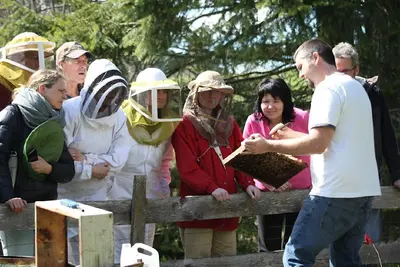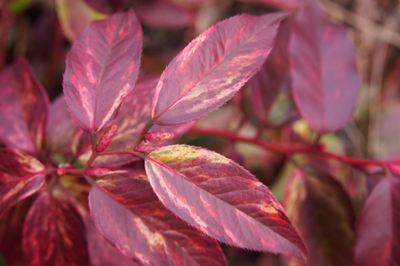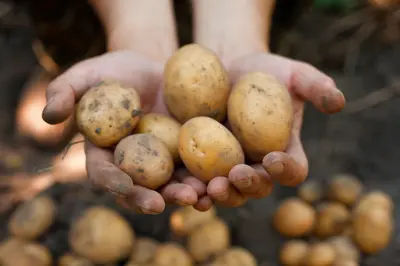BC Backyard Birding in March
By Myrna Pearman, Mother Nature’s Naturalist and Backyard Birding Expert
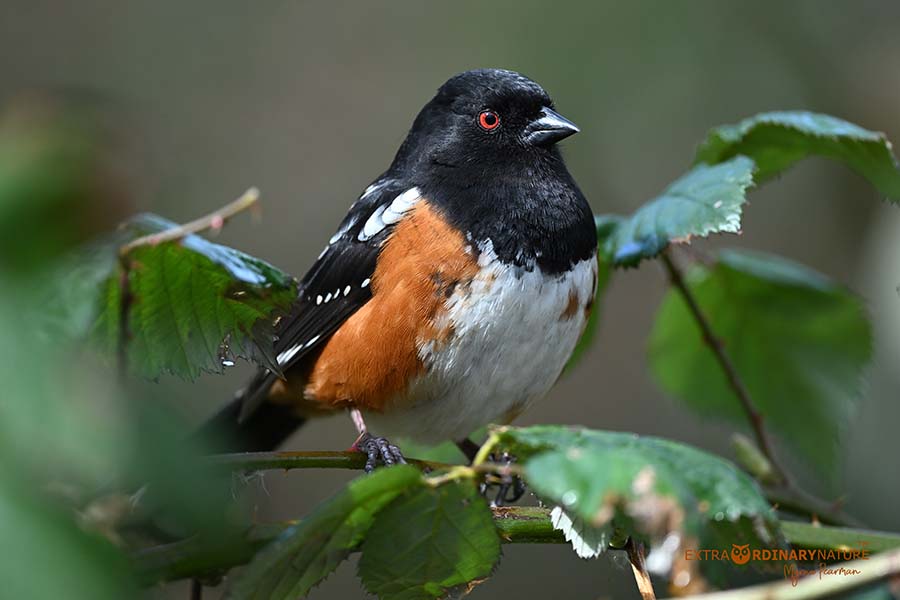
March is really a shoulder season in British Columbia. On the weather front, conditions can range from miserable to marvelous. On the bird front, the main flush of spring migration hasn’t yet started, and while the winter birds will continue to visit bird feeders, some might also be starting to search nearby gardens and woodlands for emerging insects and other spring offerings. Yet others might begin dispersing in search of mates and breeding territories.
March is a good month to bring in and clean all your feeders. Wash in soapy water or with a weak bleach solution, taking off all removable components to help ensure a thorough cleaning. Rinse and then dry before reassembling and setting back out. If bird numbers have waned, you may decide to reduce the number of feeding stations you keep active during the spring.
Although it is tempting to buy “cheap” bird seed mixtures, it is best to offer high-quality seed and seed blends. Avoid the less expensive hardware-store brand blends, which often contain cereal grains and the less palatable seeds that are ignored by desirable native species but are magnets for Rock Pigeons, House Sparrows and other non-native pests.
A sunny, dry day in March is a good time to rake up and dispose of the detritus that has collected on the ground beneath your feeding stations over the previous months. Sunflower seed hulls contain a growth inhibitor, so if you have been feeding unshelled sunflower seeds, do not put the feeder droppings in a compost bin or on gardens/flower beds. Instead, scatter them in a nearby wooded area or dispose of with your regular garbage.
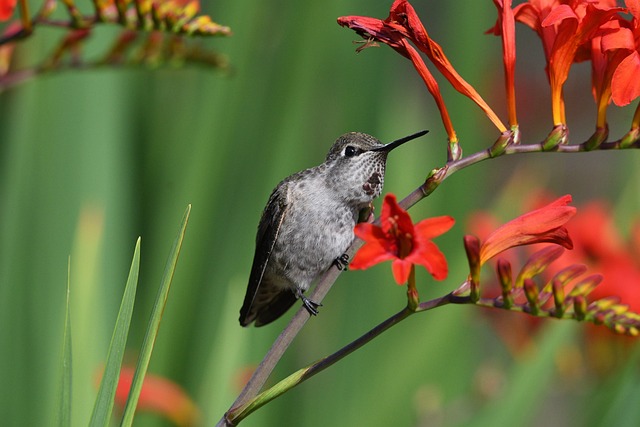
March is also a good time to set out hummingbird feeders or continue feeding if you’ve had Anna’s Hummingbirds coming in over the winter. Dissolve one part sugar in four parts hot water and let cool before filling a clean feeder. Start with a small quantity at a time until the birds show up, then add feeders and nectar as required. Never use honey, brown sugar or commercial nectar that has been coloured with red dye.
March is also a good time to consider how to create or improve bird habitat in your yard. There are a myriad of wildlife-attracting trees, shrubs, perennials, annuals, vines and ground covers that can be planted to create natural food sources for your backyard neighbours. Since plantings are time-consuming, the species you choose and their placement (especially trees and shrubs) should be planned in advance. For those with small yards or apartment balconies, even a few containers of wildlife-attracting annuals or perennials will add visual interest and bring in not only birds but also native pollinators.
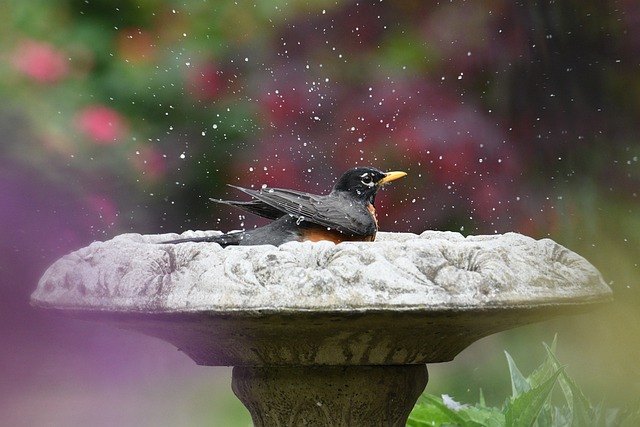
This might also be a good time of year, depending on the size and configuration of your yard, to consider creating a permanent water source. In-ground ponds can be time-consuming and labour-intensive to install, but well-positioned and properly designed water gardens are an excellent way to increase the biodiversity – and enjoyable wildlife watching opportunities – in your own backyard. If an in-ground pond is not an option, consider adding an above-ground water source. Anything from a dog dish (put a rock in the middle for the birds to stand on) to a commercial bird bath can be used. Some baths come with their own bubblers, or a bubbler can be added. Bird bath fountains are increasing in popularity because they are self-contained and are designed to provide birds with drinking and bathing spots. The sound of moving water is both pleasant to the human ear and is a magnet for birds. Be sure to replenish all bird bath/fountain water on a regular basis.
Early spring is also a good time to add other habitat components: bird nesting boxes, bat boxes, bee blocks, rock piles and small brush piles will all serve to bring wildlife into your yard. Check your local Buckerfield’s store for a wide selection of wildlife homes.
Have more questions? Visit your local Buckerfield's and we'll be happy to help!

